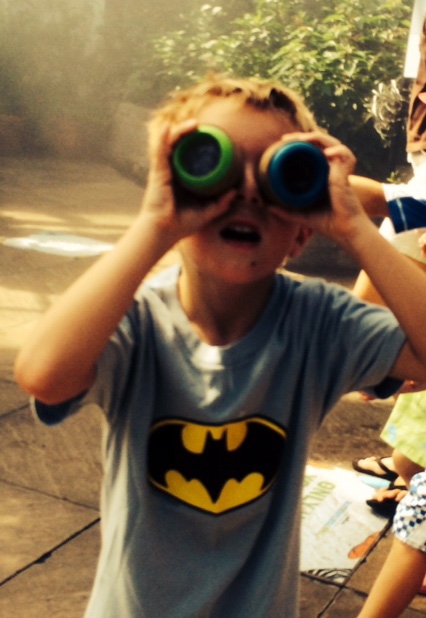Education about Butterflies Can Empower Conservation Efforts
by Richard Frailing, Assistant Butterfly Curator, Lewis Ginter Botanical Garden
When I tell people my job, that I work in a butterfly exhibit at the Lewis Ginter and my official title is “Assistant Butterfly Curator,” it is always with a sly smile. I know how it sounds. I know that if I imagined what Assistant Butterfly Curator meant without knowing, I would imagine a cross between Johnny Appleseed and a Zen guru walking from plant to plant, gathering butterflies and whispering to them before setting them into the air. The reality, of course, is that it is a job like any other. There are magical, whimsical moments, but there is also routine, protocol, down time, and slow days. Some days can be draining (especially when it’s hot), or even a bit stressful, just like any other job. Butterfly curators also have to have to play the role of “butterfly bodyguard,” telling people not to touch the butterflies.
There is a lot to learn from the butterflies — there is a lot to teach. Even in this exhibit where most people come to enjoy the beauty, there is a great responsibility to help people understand the deeper meaning that these majestic creatures have in our ecosystem as pollinators.
Butterflies and moths are the second most important pollinator behind bees and thus are inexpressibly important to the natural order. Pollinators are responsible for pollinating 75 percent of the world’s flowering plants. Without pollination there would be no reproduction among many species of flowering plants, or fruit, and the natural order would seize up like an un-greased engine.
My hope is that our exhibit inspires you to gain a deeper appreciation for butterflies and their relationship with plants — this is the essence of what the exhibit is all about. My hope is visitors will become aware of the immense complexity of Lepidoptera behavior and how this behavior is integral to their relations with the natural world. Central to their relationship with the ecosystems that support and are supported by Lepidoptera is their symbiotic relationship with plants, the outcome of which is pollination, one of the most foundational mechanisms in nature.
Education is our mission here at the Garden, and education is central to efforts to conserve the natural world. If we are able to move beyond the perspective of Lepidoptera being just a beautiful creature and into a place of dignity and profound worth, this changes our relation to them. If we can have this empathy for the smallest creatures this empathy has the power to radiate outward and change our outlook on the natural world, giving greater sympathy for larger ecological concerns.




